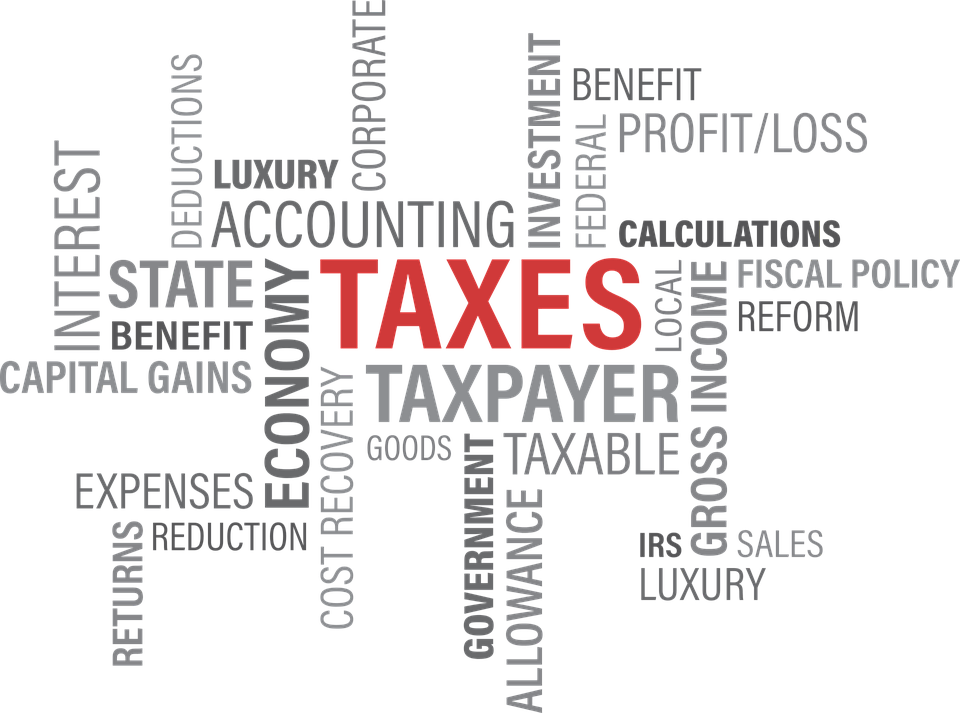Every year, accountants and CPAs are tasked with keeping track of all of the changes to tax laws. However, tax year 2019 brings with it its own set of challenges apart from the standard tax changes that are expected annually. While dealing with these regular changes, tax professionals also have to deal with the changes wrought by COVID-19. Here are just a few of these changes:
- Tax filing deadlines changed from April 15 to July 15 (or, potentially, later)
- Stimulus checks sent (and some not sent) to millions of taxpayers
- The deadlines for 1st and 2nd quarter estimated taxes have been changed to July 15
- CARES Act reverses restrictions on net operating losses
- Delay of employer payroll tax payments
- Waiver of 10% penalty on early withdrawal of retirement funds
Of course, this is only a short list of everything that has changed in a relatively short period of time, all of which will likely overwhelm even the most organized accounting professional.
That’s where the beauty of tax compliance software comes in. Designed to automate the tax preparation process by providing updated forms, easy access to all tax updates, and line-by-line form preparation assistance, these applications are especially valuable this year and next because the software compaies ae making certain they incorporate all of the tax law changes into their products.
Along with tax preparation, many of these applications also include numerous resources such as line-by-line assistance that is accessible during the form preparation process along with advanced tax research options that cover more complex issues that may arise. Some of the applications also include complete practice management capability, and most include a client portal for easy document sharing. Other common features include electronic form signing and e-signature capability to expedite the tax filing process.
As in recent years, we’ve divided the Tax Compliance reviews into two categories: Advanced Workflow and Traditional Workflow. While smaller firms tend to rely more on traditional workflow systems, many larger firms find that having access to advanced features is a necessity. As always, we’ve also included a chart that provides a quick summary of the features found in each of the reviewed products.
The products reviewed in this issue are:
Advanced Workflow Systems
(click to go to the reviews)
- Intuit – Lacerte Tax
- Thomson Reuters – GoSystem Tax RS
- Thomson Reuters – UltraTax CS
- Wolters Kluwer – CCH Axcess Tax
- Wolters Kluwer – CCH ProSystem fx Tax
Traditional Workflow Systems
- Drake Tax
- Intuit ProConnect Tax Online
- Intuit ProSeries Tax
- MyTaxPrepOffice
- TaxAct Professional
- TaxDome
- TaxSlayer Pro
- Wolters Kluwer – CCH-ATX
- Wolters Kluwer – CCH-TaxWise
We also looked at a new tax practice management system called TaxDome.
Because the majority of these products have been reviewed consistently over the years, we’ve chosen to focus our attention on new features or enhancements that have been recently introduced by the software vendor. While focusing on these new features, we also looked at features such as cloud accessibility, the ability to support multiple tax forms, e-filing capability, as well as the availability of features such as a customer portal and paperless workflow.
With all of the changes that 2020 has brought, it’s certainly reassuring to know that those changes won’t affect your ability to complete your clients’ tax returns. So, whether you’re looking for a tax compliance application for the first time, or thinking of changing things up with a new product, the reviews in this issue are a great place to start.
Thanks for reading CPA Practice Advisor!
Subscribe Already registered? Log In
Need more information? Read the FAQs





